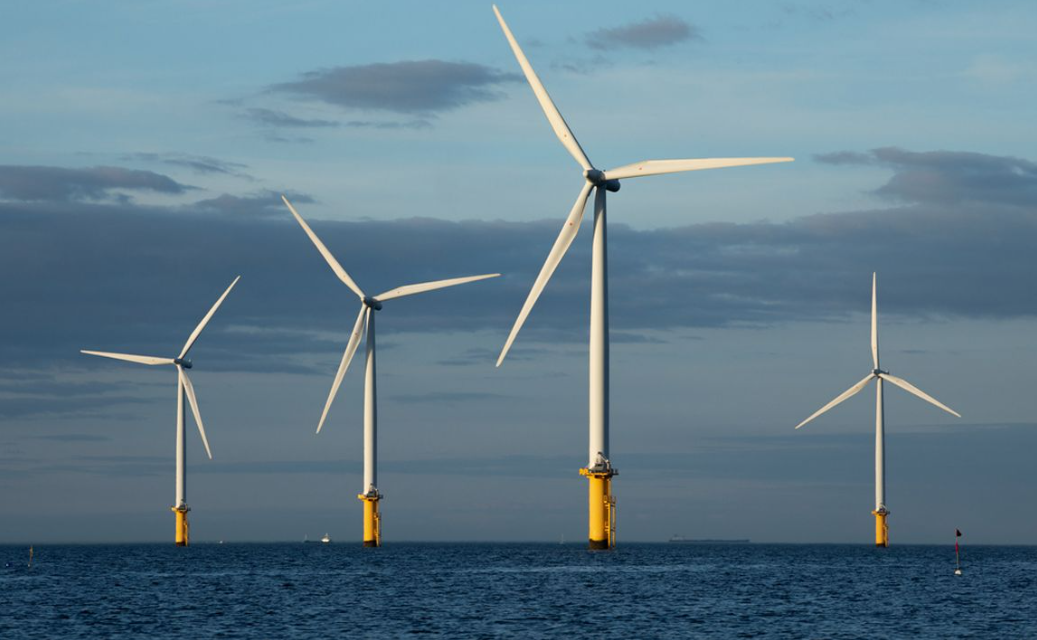
5000 giant turbines killing 8000+ birds each year…
Plans for 5000 giant turbines in the North Sea have caused alarm in some environmental circles, even though the Dutch government has earmarked significant areas of its offshore territory as ‘nature reserves’.
Quite how functional these reserves would be in the midst of an industrialised ‘renewable’ energy zone remains to be seen, and according to a study by Wageningen University, “no one knows what effect extensive wind parks will have, nor what the nature network in the North sea should look like if we want to achieve our climate and nature goals”.
It seems likely that the radical plan will go ahead regardless.
The study suggests that an estimated 3650 gulls and 4400 northern gannets will perish every year through collision with fast moving blades, if the target figure of 5000 turbines is achieved. The University’s marine research ecologist Martin Baptist explained, “that is why we are now looking into ways to scare the seabirds away from the turbines.”
Northern Gannet populations at risk…
With the UK joining the Netherlands in its aspirations to further develop offshore wind farms in the North Sea, many are now wondering how wildlife can possibly survive in such a vast industrial area.
The UK coast is home to more than half of the entire world population of Northern Gannets, an amber listed species of high conservation concern. These magnificent birds are almost as large as an albatross and can live for many years.
Meanwhile, many species of gull are experiencing rapid population decline.
With such drastic plans to industrialise our seas, the long term survival of some species could be in doubt; there is an immediate and credible threat to birds, cetaceans, bats and other wildlife from offshore renewables, in addition to the potentially profound damage wind farms cause to micro marine ecosystems.
In the quest for ‘green’ energy, such a high level of collateral damage is highly problematic.
Following the money – into earth’s last wilderness…
Some scientists and environmentalists have already raised questions over all of these issues, but their concerns have been swept aside as governments wilfully follow their agenda – and the money.
There was a time when the ocean was recognised as the last wilderness on earth, a refuge for many species, safe from humankind’s persistent interference. Alas not any more.
It’s madness to indulge the absurd fantasy that wind energy will save the planet.
Where money is involved, integrity can disappear into the ether, greed is often the primary driver of environmentally questionable projects such as the North Sea ‘wind parks’ – and many similar schemes worldwide.
Labelling them as ‘farms’ and ‘parks’ is a cynical attempt to make them more acceptable to the public. Furthermore, some might say that it is deceitful to promote them as ‘environmentally friendly’, ‘green’ and a solution to the climate crisis.
Humans driving death and destruction…
We know too well that the human race is the driving cause of death and destruction on this beautiful planet. Thus far we have largely confined our environmental vandalism to land. With humans now venturing into the last wilderness on earth, taking with them their weapons of industry, we can only hope that nature will fight back, with a vengeance.